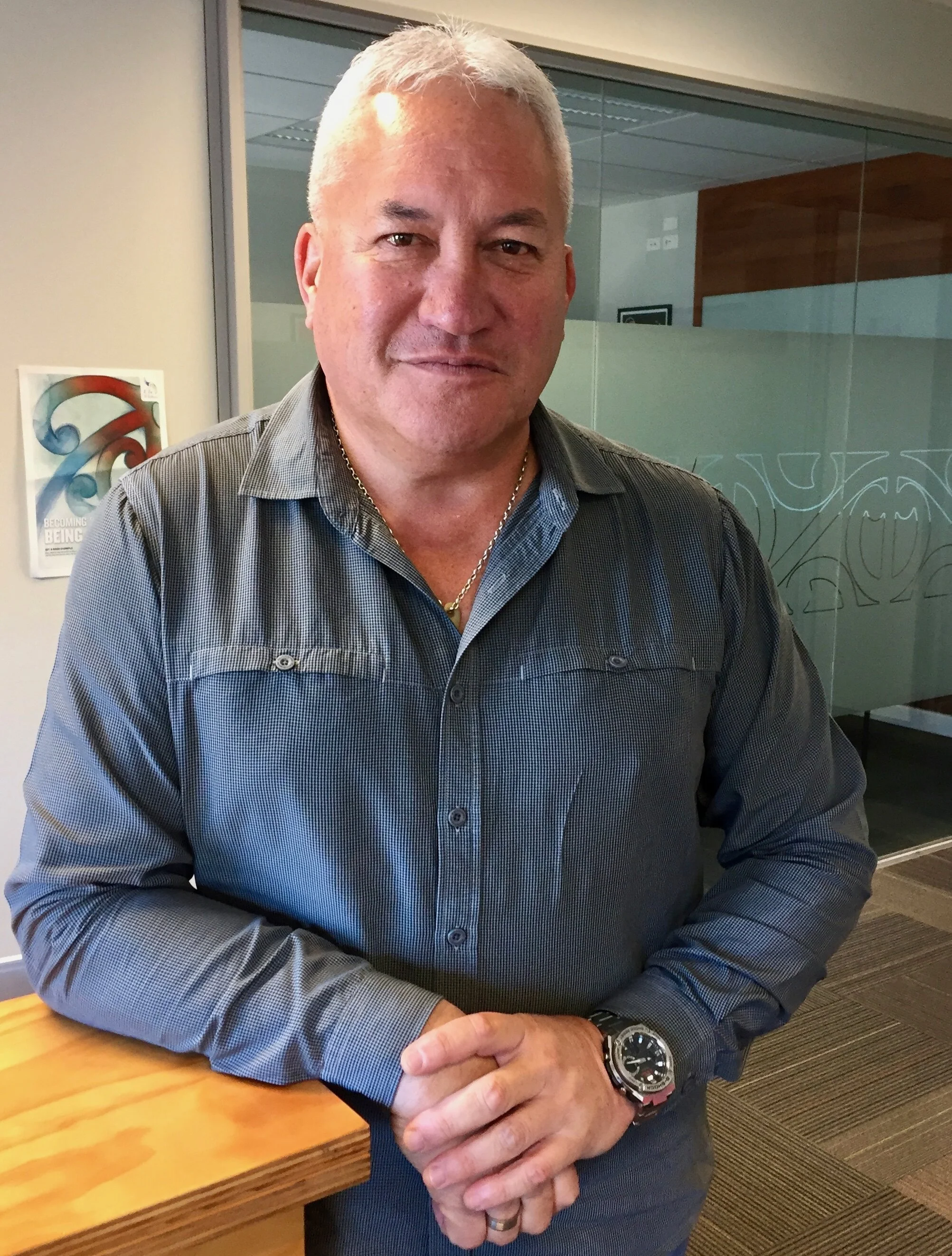tai gemmel
When Zane Grey visited Aotearoa New Zealand in the 1920’s he must have thought that he had died and gone to heaven. It led to the famous US writer and passionate fisherman penning his book “The Angler’s El Dorado”.
For Masterton local and General Manager of Kahungunu ki Wairarapa Tai Gemmell, nature’s bounty in South Wairarapa was once all that Grey describes. Be it on the water or in it, Tai has been sharing in the harvest of the area for half a century.
“You have the best of both worlds in South Wairarapa. You’ve got the variety of fish that come into the lake, and you are also only 20 minutes from going for a dive at the coast,” he says.
Tai has strong links to South Wairarapa and Wairarapa Moana, and through his grandfather, Taiawhio Te Tau (known as Les), a natural affinity with fishing and food harvesting in the area.
“My earliest memory of Wairarapa Moana was rowing a boat on it when I was 4-years-old,” he recalls.
“I was raised fishing and diving. My grandfather would take me to what was then commonly known as ‘Lake Reserve’ two or three times a month.
“Back then it was a lot more populated; there was a wharf and plenty of boats out on the water.”
Pātiki (flounder) was the big attraction, but other fish, eels and shellfish, particularly kākahi (freshwater mussels) were always plentiful.
All of the knowledge that was passed on to Tai, he has shared with his sons. The emphasis has always been on only taking as much as is what is needed for a “feed”.
While Wairarapa Moana is still Tai’s happy place, after nearly 50-years, the area is far from what it use to be.
Over-harvesting, particularly of shellfish in the coastal waters has severely depleted stocks, but far more distressing is the quality of fish inhabiting Wairarapa Moana, Tai says.
“The flounder especially are a lot more slimy; a number of them when you pull them out of the water have sores on them.
“It makes you think twice when it comes to harvesting fish, because of the health risk. If you catch fish and they don’t look healthy you don’t want to consume them.
“It is not rare to be cruising around on the water and find fish upside down, dead.”
Tuna (eel) numbers have taken a massive hit over the years, he says.
“As a teenager I can clearly remember going out to harvest a feed of tuna quite easily without having to set a net, just by going with a spear or a gaffe . . . not anymore.”
The rate of deterioration of Wairarapa Moana is deeply saddening, Tai says.
“Short of re-diverting the Ruamāhanga back through its natural course, which I’m not certain is achievable, I do believe there should be some pressure, some valve, put back through the lake, it needs more fresh water.
“If something like this isn’t done, you run the risk of it becoming a quagmire . . . an infested swamp in 30 years time.”


